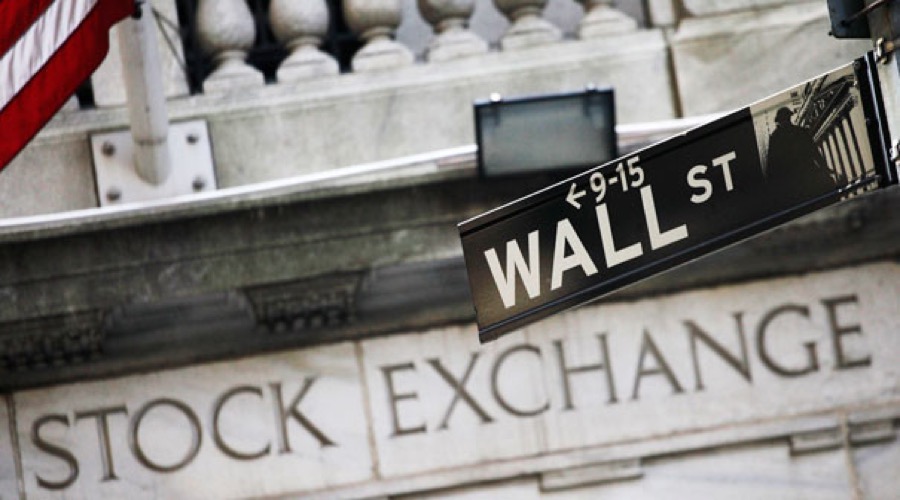Gold: Waiting for Wall Street

Although gold prices have had some difficulty sustaining recent gains above the $1365 per ounce level, the metal has nevertheless registered just about the best performance across virtually all investment classes over the past six or seven months.
Over the past half year, the metal has rallied some 25 to 30 percent – far better than the major stock-market averages that have received more favorable attention from the financial press for reaching new all-time highs.
The reason I mention this is that gold has been trading inversely to equities – and, consequently, the yellow metal stands to gain much when Wall Street tumbles, an outcome that seems increasingly likely as world stock markets edge higher despite widespread expectations of slow economic growth and disappointing corporate earnings, at least for the next year or two from one country to the next.
In recent years, a small number of hedge funds and other large-scale institutional investors have been responsible for the major cyclical price swings in gold and, to a lesser extent, the broad stock-market indexes.
As demand turns more forcefully toward gold and Western investors collectively decide that it would be good to own more of the metal, they will find a shortage of “available supply.”
This was especially true in the historic run-up in the price of gold to its all-time high just over $1924 in early September 2011. And, this has been just as true – but in the opposite direction – as gold fell back to last year’s lows. Since then, it has been institutional buying that has fueled gold’s recovery and it has been a relaxation in this institutional demand that has triggered the occasional gold-price correction.
Think of it as a Herculean battle of giants: When stocks are doing well and registering new highs, some investors will abandon gold and buy stocks, for fear of missing the chance to capture prospective gains on Wall Street. We have seen the opposite as well: When equity markets lose their upward momentum, institutional investors sell stocks and pile into gold. We know this from the weekly gold exchange-traded fund (ETF) statistics, which analysts like myself consider a reliable proxy for gold investment demand from large-scale players.
Of course, many factors influence the price of gold – some of which also influence world equity markets and may account for the negative correlation between the two asset categories. Our clients know we have been “super bullish” for some time now with great expectations for gold. We remain so, in part because we believe, based on current and historical price-to-earnings ratios, that ordinary equities are greatly overvalued.
What makes us “super bullish” is more than just expectations of a major bear market on Wall Street. In the past, we have written of the shift in gold ownership to “strong hands” in Eastern markets (led by China and India) from “weak hands” in Western markets (led by the United States and Europe).
As demand turns more forcefully toward gold and Western investors collectively decide that it would be good to own more of the metal, they will find a shortage of “available supply.” They will discover many of the buyers in Asia don’t want to sell except at much higher price levels, probably much higher than the past historic peak of $1924 an ounce reached in September 2011.
The trigger could be a decline in equity prices on Wall Street and around the world, a decline that sends investors scurrying for protection, protection that only gold can provide.
____
Jeffrey Nichols is a Senior Economic Advisor to Rosland Capital.
{{ commodity.name }}
{{ post.title }}
{{ post.date }}




Comments